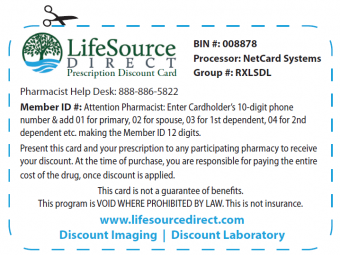Adam and Bob were best friends since junior high school. They shared an apartment in college from The City Suites, majored in the same field, and even went to work for the same company. When they were in their mid-30s they came up with a great idea for a product that would become very popular and the two decided to venture out with their own business. They decided to form a partnership with each owning 50%. The business soon began to flourish.
Two weeks after his 47th birthday, the seemingly healthy Adam suffered a massive heart attack and died. Upon his death, Adam’s ownership in the company was transferred to his wife, Cathy. Having known Bob for many years, Cathy left control of the company to him and the business continued to prosper.
Two years later, Cathy met Donald and after a whirlwind romance the two were married. Donald became very interested in the stock in Cathy’s late husband’s business. Eventually he would begin having ideas about how the company could be better run. Although he had no experience to back his ideas, being a good wife, Cathy would make these suggestions to Bob. The relationship between the partners began to suffer from this tension.
Not long after Cathy and Donald’s third anniversary, Cathy was diagnosed with cancer and soon she also passed away. Like  many people, Cathy had failed to plan properly for her future and under community property laws her ownership transferred to Donald at her death. Donald was now a 50% owner of the company with an equal authority in how the business was run.
many people, Cathy had failed to plan properly for her future and under community property laws her ownership transferred to Donald at her death. Donald was now a 50% owner of the company with an equal authority in how the business was run.
Bob and Donald rarely agreed on the operation of the company and although he had years of experience and knowledge far superior to Donald’s, Bob was unable to override Donald’s ideas. Time spent on these disagreements, dissatisfied customers and mounting costs would all prove too much for the company and on the 20th anniversary of Adam and Bob opening the doors of the company, they would be closed for good as the owners filed for bankruptcy.
A Simple Solution
A very simple yet often overlooked strategy could have helped avoid this unfortunate end to the previously happy story. A buy-sell agreement is a legally binding clause in a partnership agreement that controls what happens if one of the partners dies or otherwise needs to leave the partnership.
Typically the agreement sets a price and gives the surviving partner the option to buy the deceased partner’s share from their estate. In the story above, this would have let Bob simply buy Adam’s ownership interest, allowing him to maintain full control of the business and avoid the other problems.
This strategy runs into difficulty at the time of the partner’s death if the surviving partner does not have sufficient capital to make the purchase. Keyperson life insurance helps to solve this problem. With this product, the business buys a life insurance policy, equal to the agreed upon purchase price, on the life of each of the partners with the other partner listed as beneficiary. Death benefit of the insurance is then used to pay the deceased partner’s estate and transfer ownership.
With the business listed as the owner of the policies, they are considered business assets and premiums are allowable business expenses. This allows the partners to successfully plan for the future of the business while receiving some valuable tax benefits as well.

